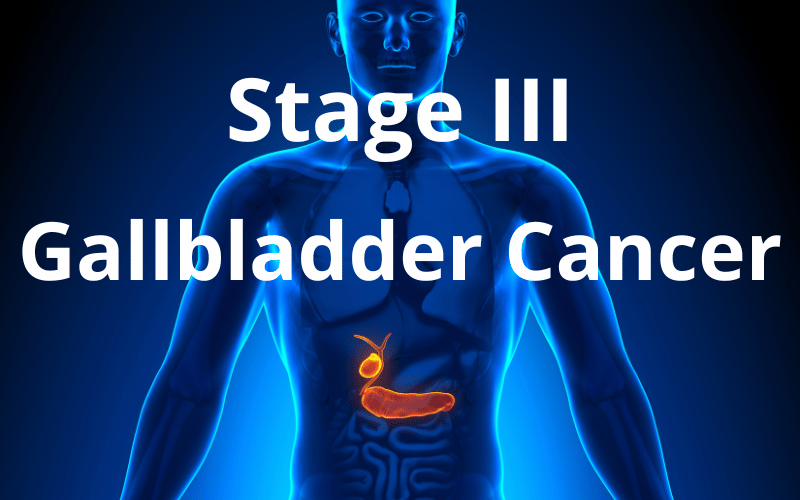Stage III Gallbladder Cancer: The Imminent Threat

Stage III isn’t just another milestone; it’s a critical juncture in the progression of gallbladder cancer. The cancerous cells, initially content within the confines of the gallbladder, now exhibit pronounced aggression. Their ambitions have extended beyond the gallbladder walls, encroaching upon nearby organs. This territorial breach, extending potentially to the liver, stomach, or small intestine, is a clear indicator of the severity. Such expansion reshapes the treatment landscape, demanding a multi-pronged approach that takes into account not just the gallbladder, but other affected areas as well.
Pain, a subtle companion in the earlier stages, now takes center stage. It’s no longer just a background disturbance; it’s a pronounced, persistent discomfort. The epicenter remains the upper right abdomen, but its intensity and character have transformed. This pain, sharper and more relentless, sometimes extends its grip to the back. Such discomfort underscores the internal turmoil and the urgency of the situation, pushing patients towards immediate medical interventions.
The body’s regular rhythm faces disruption due to the disease’s escalation. One of the most discernible changes is in appetite. The joy of eating diminishes, with once-beloved foods now evoking indifference. This physiological change leads to another significant concern: weight loss. And it’s not a deliberate shedding of pounds. The body, grappling with the disease, starts losing weight unintentionally, signaling a possible decline in overall health and vitality.
The intricate relationship between the gallbladder, liver, and bile ducts takes a hit in Stage III. The gallbladder, primarily responsible for storing bile, faces functional challenges due to the cancerous invasion. This dysfunction leads to bile accumulation, resulting in jaundice. Evidenced by a noticeable yellowing of the skin and eyes, jaundice is more than a mere color change. Accompanied by symptoms like itching, dark urine, and pale stools, it underscores the compromised bile processing capability of the body.(4)